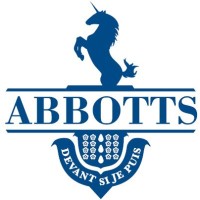The acquisition of property is becoming a more prevalent investment made by self-managed superannuation fund (SMSF) trustees. The latest Australian Taxation Office (ATO) SMSF statistics (as of 30th June 2019) found non-residential real property investments accounted for 9% of all SMSF investments by value, making it one of the top five asset classes held by SMSFs. Residential real property accounted for 4.8% of all assets by value. Many SMSFs invest in property that is then leased to the businesses operated by the trustee/member. This provides the business with a secure tenancy whilst the SMSF is provided with a steady yield that is in a tax-efficient environment.
Quite often the SMSF acquires the property from the trustee/member under the exemption to prohibition of the acquisition of related party assets, afforded under Section 66 of the Superannuation Industry Supervision (SIS) Act.
Property development might be an attractive option for self-managed super funds, but it can lead to a compliance minefield if done incorrectly.
Early last year, the ATO said it had noticed an increase in the number of SMSFs entering in to arrangements to acquire property and develop it via a variety of different structures. It said that, while it recognised such investments could be made legitimately in an SMSF, it was concerned that in some cases “SMSF assets (were) used to fund property development ventures in a manner that is inappropriate for, and sometimes detrimental to retirement purpose.”
Property development, depending on the scale and nature of the development, can be viewed as running a business. While none of the relevant authorities specifically prohibit an SMSF from doing this, there are rules to follow including whether the business activity breaches the SIS Act or causes an unfavourable tax treatment under the tax acts.
The issues that you need to consider if you are seeking to either acquire property in your SMSF or undertake a property development funded by your SMSF are as follows;
- The sole purpose test requires that an SMSF is maintained for the sole purpose of providing retirement benefits. The effects of this are that a property development that constitutes a “business” may not be able to be undertaken directly in an SMSF.
- If related parties are either involved in the construction of an SMSF property or are leasing out the property, there are strict rules regarding how the two parties transact. The trustees of the SMSF property also have to be wary of their use and access to the property which can also trigger serious breaches of the SIS Act.
- It is possible for an SMSF to borrow funds to acquire an SMSF property. The SIS act prevents a fund from borrowing except in limited circumstances. Trustees should be aware the borrowings to acquire the property need to be in the form of a Limited Recourse Borrowing Arrangement and liquidity of the fund needs to be considered for serviceability of the loan.
- There are alternate structures that can be established to undertake a property development in a commercially sound and tax-efficient structure. An SMSF is then permitted to invest in such a structure provided that additional sections of the SIS act are satisfied.
Should you be considering the purchase of property in your SMSF, Abbotts is able to advise on appropriate structuring and financing requirements (via our in-house finance broker) if this is required. Please contact an expert in our office should you wish to discuss this further.

